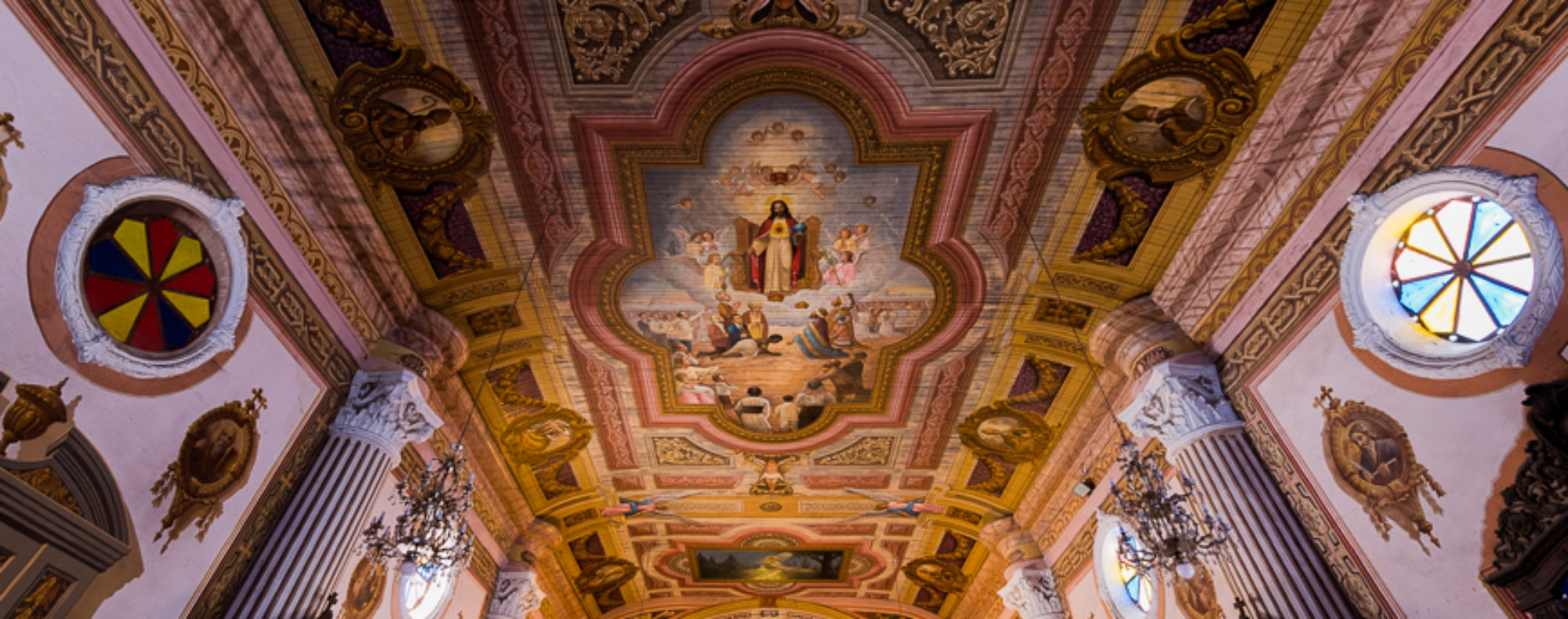Angeles City, a highly urbanized city in Pampanga province, is known for its rich history, culture, and tourism. One of the events that showcase the city’s beauty and heritage is the Reyna de las Flores or Queen of Flowers festival, which was held for the first time on May 20, 2023.
The Reyna de las Flores is a modern version of the traditional Santacruzan, a religious procession that commemorates the finding of the Holy Cross by Queen Helena and her son Constantine. The festival features 21 ladies from different barangays of Angeles City who parade in elegant Filipiniana gowns designed by local talents. The ladies also carry symbolic props that represent various virtues and titles of the Virgin Mary.
The highlight of the festival is the coronation of the Reyna de las Flores, who is chosen based on her beauty, grace, and personality. The first-ever Reyna de las Flores was Janelle Lewis of Barangay Cutcut, who received a cash prize of ₱100,000. The first and second runners-up were Cassandra Alethea Merritt of Barangay Pandan and Samantha Grace Pinto of Barangay Tabun, respectively.
The festival also awarded prizes for the best gown design and the best arch design. The best gown design went to Merritt’s gown created by Carl John Miranda, while the best arch design went to Barangay Anunas’ arch designed by Ejay Ramos. The Mayor Pogi Lazatin’s Special Awards were given to Anne Marie Suarez of Barangay Ninoy Aquino for Queen of Flowers and Verano Santos Conese of Barangay Pandan for Arch Designer.
According to Mayor Carmelo “Pogi” Lazatin Jr., the Reyna de las Flores festival aims to promote Gawang Angeleño, or products and services made by Angeleños. It also serves as an avenue to showcase the city’s flower industry and local culture. Lazatin said that he hopes to make the festival an annual event that will attract more tourists and investors to Angeles City.
The Reyna de las Flores festival was organized by the city government in partnership with various offices and agencies, such as the Angeles City Tourism Office, Angeles City Economic Development Investment and Promotions Office, Gender and Development Office, City Nutrition Office, Angeles City Tourism Auxiliary, Angeles City Traffic Development Office, Angeles City Police Office, and Rommel ‘Poklong’ Guina.

